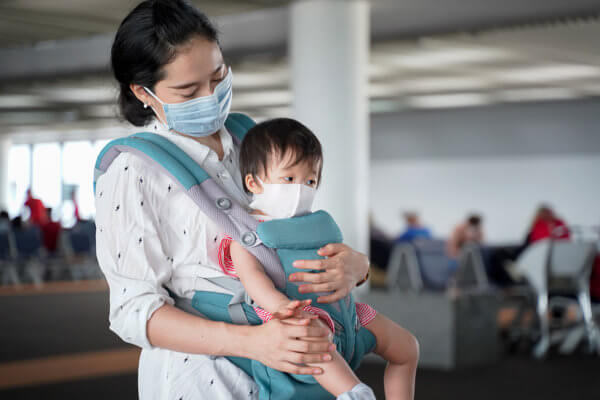As the guardian of your baby’s health and safety you may be relieved to know that many products have been designed to help you with the task: Inventive gadgets, like baby monitors, safety gates and socket covers, let you keep close tabs on your baby and bar him from danger, while health and hygiene supplies such as hand sanitizers, nasal aspirators, humidifiers and air purifiers, fend off ailments to which little ones are especially susceptible. Use this infant safety checklist to find out how to stock your medicine cabinet and childproof your home.
Your infant safety checklist
- Have any peeling paint or wall-coverings in your home removed or refinished well before your baby’s due date, and air out your home when the work is done.
- Make sure that your water heater is set to no higher than 120 degrees F.
- Post emergency numbers (pediatrician, local hospital, Poison Control Hotline—800-222-1222) by your home phone and add them to your cell phone contact list.
- Put non slip pads under rugs.
- Take an infant CPR class.
- Assemble a first-aid kit that includes:
- A first-aid manual
- An infant thermometer
- Rubbing alcohol for cleaning thermometers and other instruments
- Petroleum jelly to lubricate rectal thermometers
- Mild liquid soap
- Antibiotic ointment for cuts and scrapes
- Sterile cotton balls
- Cotton swabs
- Assorted adhesive bandage strips
- Tweezers
- A hot/cold pack
- Aloe vera gel to soothe burns
- Eyewash to flush irritants from eyes
- Gauze rolls and pads
- Adhesive bandage tape
- Baby nasal aspirator and saline nose drops to clear congestion from tiny nostrils
- An oral syringe or other measured liquid medicine dispenser
- Baby fever reducer such as infant acetaminophen (as recommended by your pediatrician)
- Children’s electrolyte solution to prevent dehydration from diarrhea
After your little one arrives, you can get further direction from your pediatrician. As your child grows, add items specific to his individual needs, such as topical calamine lotion or 0.5 percent hydrocortisone cream for rashes and insect bites, antihistamines for minor allergic reactions and an epinephrine injector for children with life-threatening allergies.




